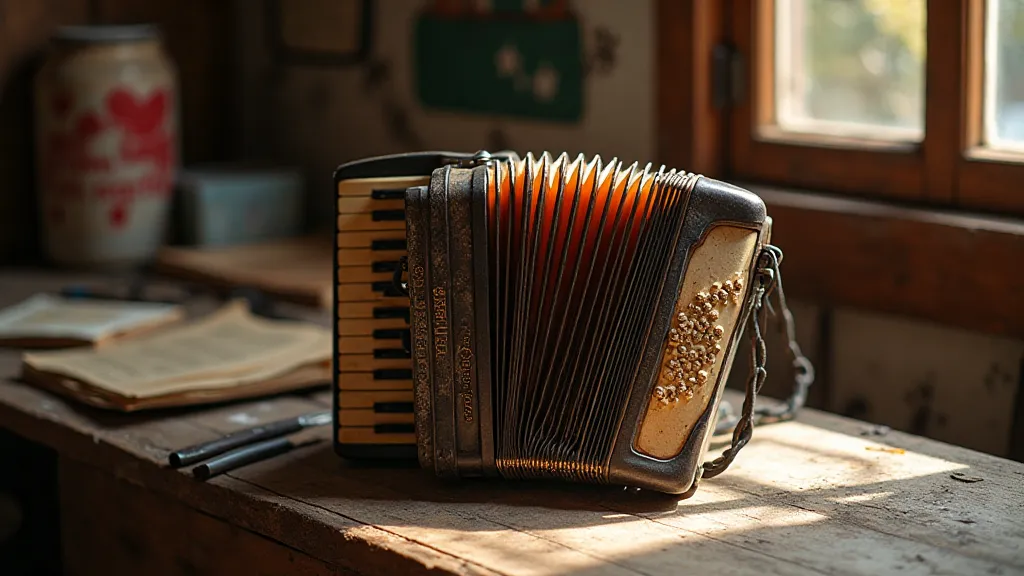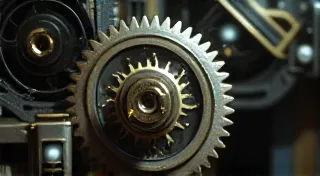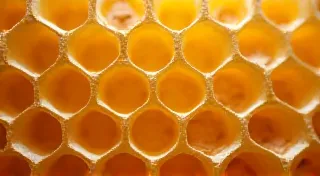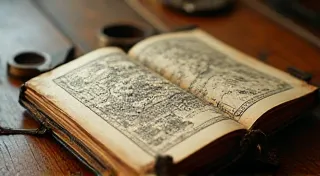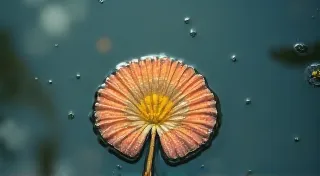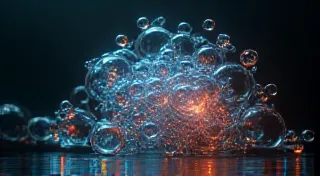The Magnetic Loom: Weaving Circuits with Repulsion and Attraction
There's a certain melancholic beauty in the mechanics of an antique accordion. The bellows, once filled with the vibrant breath of a traveling musician, now whisper tales of forgotten dances and dimly lit cafes. Each key, each button, a testament to the meticulous craftsmanship of a bygone era. I remember finding my first one, a battered Hohner, at a dusty antique shop. Its leather was cracked, its reeds were silent, but its presence felt… resonant. It wasn't just an instrument; it was a story waiting to be reawakened.
That initial fascination with mechanical intricacy sparked something in me. It wasn't about the music, initially; it was about the dance of levers, the precision of the springs, the ingenuity of the design. And that’s what led me down a path exploring magnetism – not just as a force that holds refrigerator magnets in place, but as a potential building block for intricate, interactive systems. What if, I wondered, could be built if we could harness that same elegant interplay of attraction and repulsion, not just to hold things, but to orchestrate movement, to create a ‘loom’ where circuits are woven with magnetic forces?
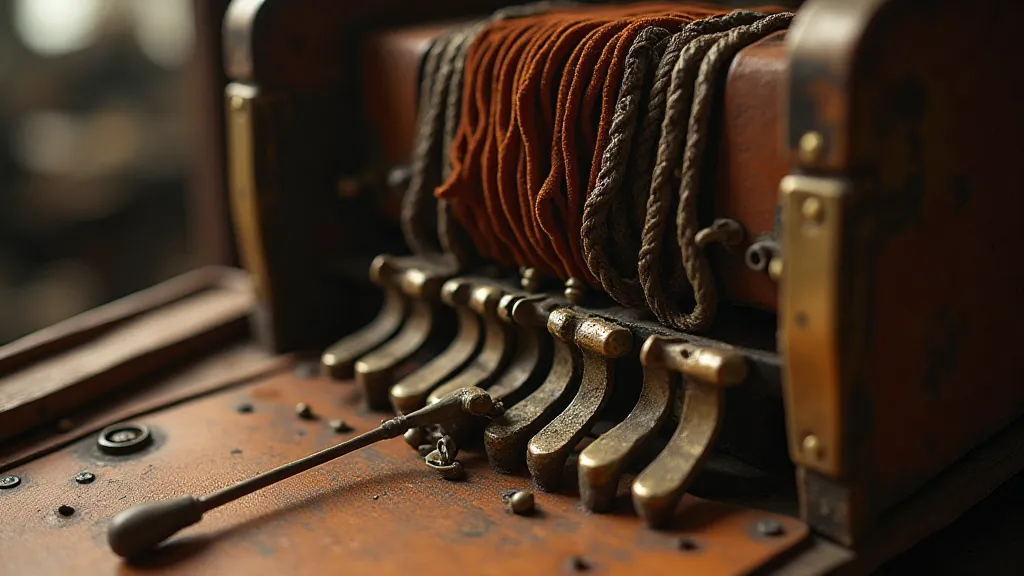
From Accordions to Magnetic Fields: A Conceptual Shift
The beauty of an accordion lies in its interconnectedness. Each action – pressing a key, expanding the bellows – triggers a cascade of movements, a symphony of mechanical responses. That same principle, that sense of orchestrated interdependence, can be translated to a magnetic system. Instead of air pressure and vibrating reeds, we use magnetic fields, the push and pull of attraction and repulsion, to control the flow of current, to guide the movement of components, and to create entirely new forms of interactive art.
Traditional circuits rely on electrons flowing through wires. They’re wonderfully reliable and efficient, but they’re fundamentally linear. What if we could introduce a degree of unpredictability, of organic movement? That’s where magnetic manipulation comes into play. Imagine a circuit where the flow of current isn’t dictated by a static path, but by the dynamic forces of carefully positioned magnets. We can create “magnetic pathways” that shift and change based on external influences, allowing for incredibly responsive and visually striking devices.
Magnetic Levitation and Kinetic Sculpture: A Dance of Forces
One of the most immediate and captivating ways to explore this intersection is through magnetic levitation. While simple magnetic levitation projects can be achieved with readily available neodymium magnets, the true artistry lies in complexity. Think about a sculpture where individual elements float and rotate, their movements precisely controlled by a matrix of opposing magnetic fields. The stability – or lack thereof – becomes part of the artistic expression.
The process is less about brute force and more about finding the subtle balance. It’s akin to the careful tuning of an accordion’s reeds; a fraction of a degree out of alignment, and the sound is off, the experience jarring. Similarly, with magnetic levitation, the placement of each magnet, the strength of its field, and its orientation, must be meticulously considered. The system seeks equilibrium; our role is to guide it, to orchestrate the dance.
Building a Magnetic Motor: A Lesson in Perpetual Motion (and Why it's Elusive)
The dream of perpetual motion has haunted inventors for centuries. While true perpetual motion is a physical impossibility, the pursuit has led to fascinating explorations of energy and motion. Magnetic motors, built using strategically placed magnets, offer a glimpse into these concepts. The challenge isn’t to create a machine that runs forever, but to demonstrate the principles of momentum, inertia, and magnetic interaction.
A simple magnetic motor might consist of a rotor balanced above a track of magnets. As the rotor moves, the magnetic repulsion from one magnet pushes it forward, while the attraction from another pulls it back. The trick is to create a system where these opposing forces are timed just right, allowing the rotor to continue spinning, albeit with friction gradually slowing it down. The imperfections, the losses due to friction and eddy currents, become visible, highlighting the inherent limitations of any mechanical system.
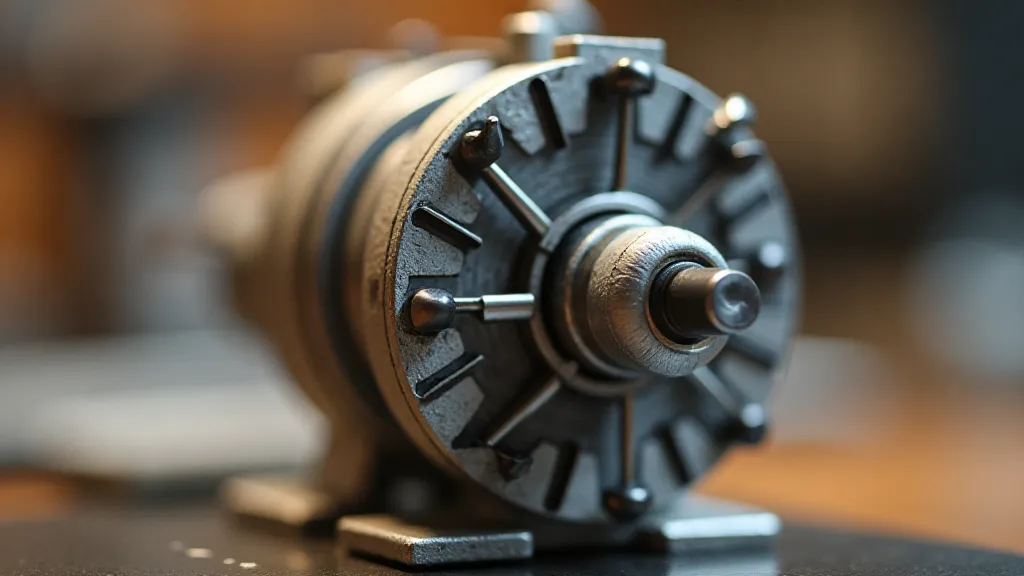
Safety and Experimentation: Respecting the Power of Magnetism
Neodymium magnets are incredibly powerful, and they demand respect. They can pinch fingers, damage electronics, and even shatter if allowed to collide. It’s crucial to handle them with care, especially when experimenting with complex systems. Always keep them away from pacemakers and other sensitive medical devices, and store them securely when not in use.
Experimentation is key to unlocking the full potential of magnetic circuits. Don’t be afraid to try different configurations, to explore the unexpected. Just like a skilled accordion repairman might experiment with different reed materials to achieve a unique tone, you can explore different magnet arrangements to create unique effects. The process is as much about discovery as it is about achieving a specific outcome. The “failures” are often as instructive as the successes, revealing hidden limitations and inspiring new approaches.
Restoration and Collecting: A Glimpse into the Past and Future of Magnetic Art
There’s a parallel between restoring an antique accordion and building a magnetic circuit. Both involve a deep understanding of mechanics, a respect for craftsmanship, and a desire to breathe new life into a system that has been forgotten. With accordions, it’s about preserving history, about connecting with the past. With magnetic circuits, it's about inventing the future, about creating new forms of expression.
Collecting antique accordions can be a rewarding pursuit, offering a tangible connection to musical history. Similarly, the field of magnetic art is still in its infancy, ripe with possibilities for innovation. Perhaps future generations will look back at our current experiments with the same sense of wonder that we feel when encountering a beautifully restored Hohner accordion – a testament to ingenuity, artistry, and the enduring power of interconnected systems. The magic, whether within the bellows or between the magnets, lies in the dance.
